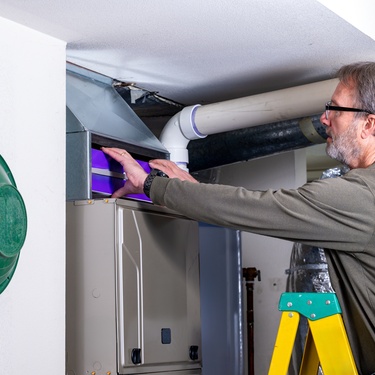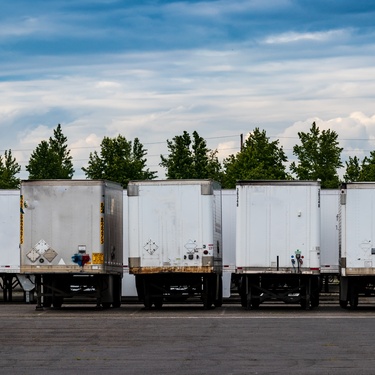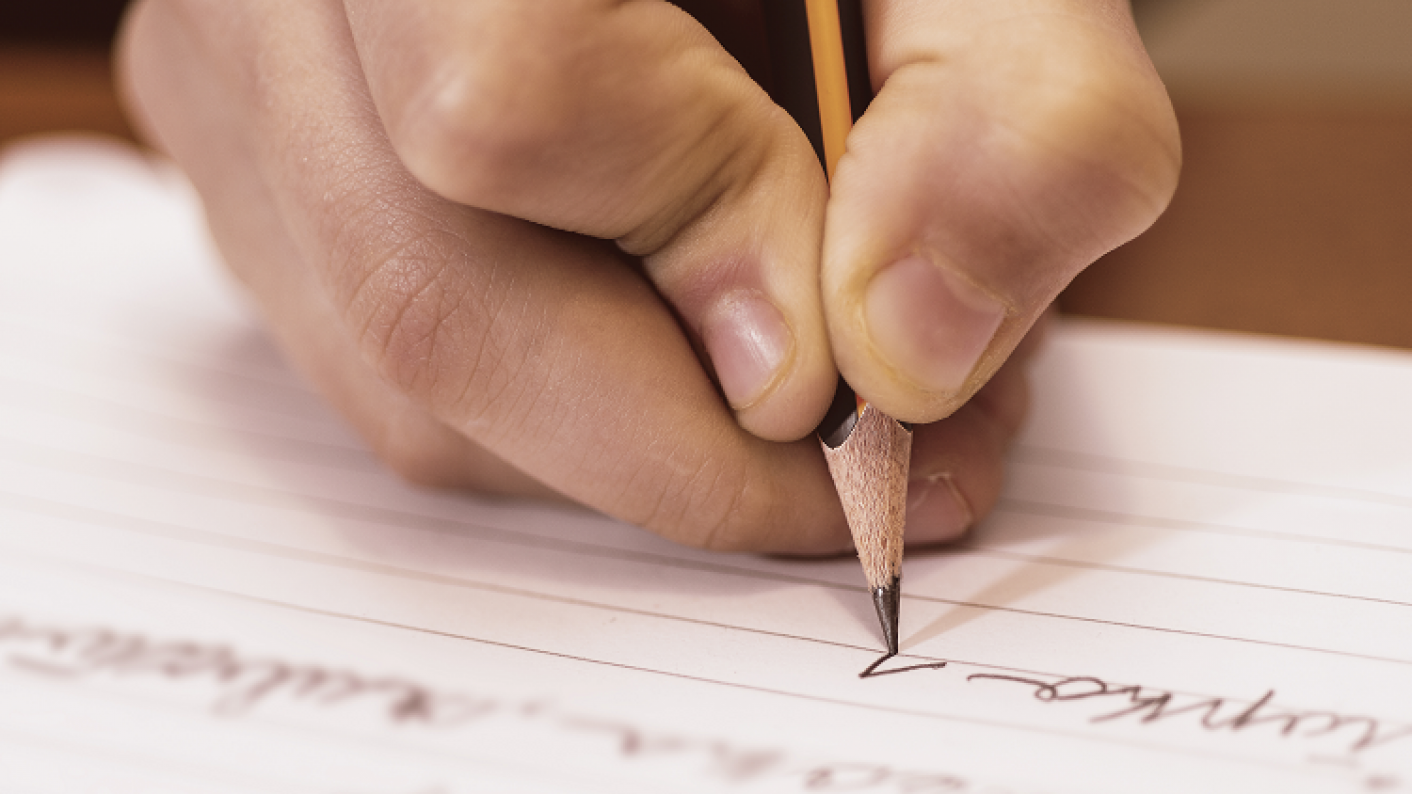
Successful property management depends on staying ahead of maintenance issues. Well-maintained properties attract quality tenants, reduce vacancy rates, and preserve your investment value. These seven maintenance tips every landlord should know go beyond the basics to help keep your properties in good shape and your tenants happy.
Here’s what to keep an eye on year-round.
1. Check Roof Flashing After Storms
Water damage often starts small, and compromised flashing is a major culprit. This thin metal lining around vents, chimneys, and roof valleys is prone to lifting or bending after storms with winds above 20 mph.
Inspect flashing within 48 hours of heavy wind or rain. Minor gaps can lead to sagging ceilings or unexpected mold remediation costs.
2. Drain Water Heaters Every Six Months
Sediment buildup at the bottom of tank-style heaters reduces efficiency and shortens the system’s lifespan. To keep things running smoothly, drain each unit completely every six months.
This is also a good time to test the pressure relief valve. If it doesn’t release properly, swap it out before it turns into a plumbing emergency.
3. Inspect Dryer Vents Every Three Months
Dryer lint is a fire hazard. Clean the vent duct and the area behind the dryer every three months, especially in units where tenants do large or frequent loads of laundry.
If you’re still using foil or plastic vents, consider upgrading to rigid metal ductwork. It’s easier to clean and far less likely to catch fire.
4. Listen for Noisy Garage Doors
Don’t wait for a tenant to complain. Learn to recognize the things that cause noisy garage doors, like worn rollers, dry hinges, or loose tracks, and address them promptly.
Apply a silicone-based lubricant to any moving parts every four months. Besides keeping the peace, this can extend the life of the door opener and prevent sudden failures at move-in or move-out times.
5. Test GFCI Outlets Twice a Year
Ground-fault circuit interrupter (GFCI) outlets with test/reset buttons inhibit shocks in wet areas like kitchens and bathrooms. Push the test button on each one every six months to confirm the circuit trips properly.
You should immediately replace any outlets that don’t trip. Skipping these checks could leave you liable if an accident occurs.
6. Check Under-Sink Shutoff Valves
If you can’t turn a valve by hand, it won’t help you in an emergency. Turn each under-sink shutoff valve once per year to keep it functional.
Hard water and sediment buildup can cause valves to seize over time, which is exactly what you don’t want during a midnight leak.
7. Watch for Soil Shifts Near Foundations
Cracks around windows, sticking doors, and gaps near siding may point to subtle soil shifts. Check for these signs every spring, particularly in areas with clay-heavy or unstable soil.
Catching problems early can help you correct drainage issues before they lead to foundation work or structural damage.
Call It What It Is
Landlording isn’t passive income; it’s active responsibility. These seven maintenance tips every landlord should know can keep repairs manageable and tenants content.
Bio: Casey is a passionate copyeditor highly motivated to provide compelling SEO content in the digital marketing space. Her expertise includes a vast range of industries from highly technical, consumer, and lifestyle-based, with an emphasis on attention to detail and readability.




















